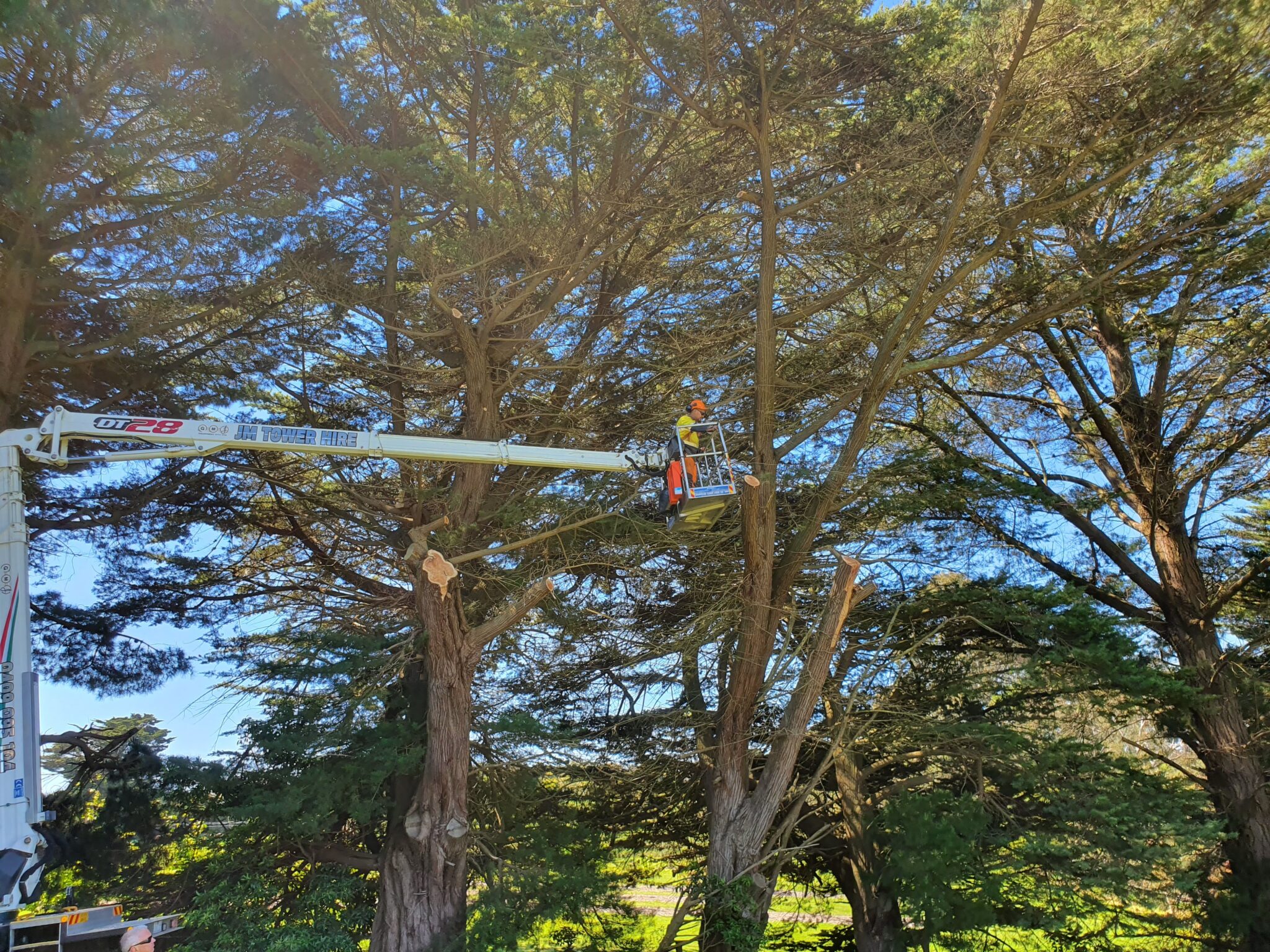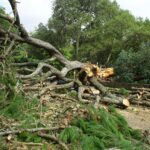The beauty of a healthy tree cannot be understated. Trees provide habitat for wildlife, oxygen for our atmosphere, shade us from the elements and offer us privacy from our neighbours. In return, those handsome trees you once planted in your garden need attention so they don’t become wispy blemishes on your landscape. To maintain their splendour, Canopy Thinning is essential.
As trees grow, their branches begin to form a ‘canopy’ – the crown of the tree. Unmanaged, just like a mop of unruly hair, a thick canopy can prevent sunlight or rainwater from reaching the roots. Canopy Thinning is the process of selectively cutting out the smaller, weak branches to create gaps in the crown of the tree.
While canopy thinning is an excellent method of increasing light penetration and airflow, there are also a number of important reasons why you should always maintain your trees.
Safety
The essential purpose of thinning a tree’s canopy is to ensure the safety of people and property. This reduces the likelihood of damage to your home and injury to your family and guests through the danger of top-heavy trees and weak branches falling in heavy winds & rain. By thinning the canopy, the trees will have less wind resistance, and the likelihood of branch failure is reduced. Canopy Thinning also eliminates branches that can slowly invade other trees, fences or other property.
Better Visibility
While trees offer valuable privacy, having overly thick foliage can block the view of your garden, neighbourhood, or a picture-worthy sunset – and when the leaves fall in Autumn, the sight of bare, unruly branches and excessive leaf debris will decrease the appeal of your garden.

Light & Airflow
Canopy Thinning allows more natural light and air to penetrate, boosting the amount of natural light filtering in your garden and improving air circulation among other trees. Without sunlight and adequate airflow, the lawn becomes moist, cultivating fungus and patches of uneven grass. Exposure to air and light is also vital for the other plants and shrubs on your property to prosper.
Reduce Fungus
Strategic thinning can also help overcome problems occurring due to fungus and pests that thrive in dark, moist areas causing damage to the tree and surrounding plants. Allowing more sunlight will reduce excess moisture and give foliage growing under the tree a better chance to thrive.
Encourage growth
If the trees in your garden are overly dense, a light thinning will encourage new needle or leaf growth, providing increased photosynthesis and health. Improved light and airflow also promote the growth of remaining branches and increase lateral branch development, reducing the chance of storm damage as the branches become stronger.
The main aim of Canopy Thinning is to reduce the amount of the crown by selectively removing the weak, thin, and fragmented branches of the outer growth. Excessive interior limb removal will make the tree unstable and weak. Thinning should keep the tree in its natural shape and balance the branches to ensure a sturdy scaffold. The canopy of a tree is its ‘crowning glory. Correctly performed, Canopy Thinning should achieve a uniform density of foliage around evenly spaced branches to reduce weight and wind resistance and allow more light to pass through the tree.





